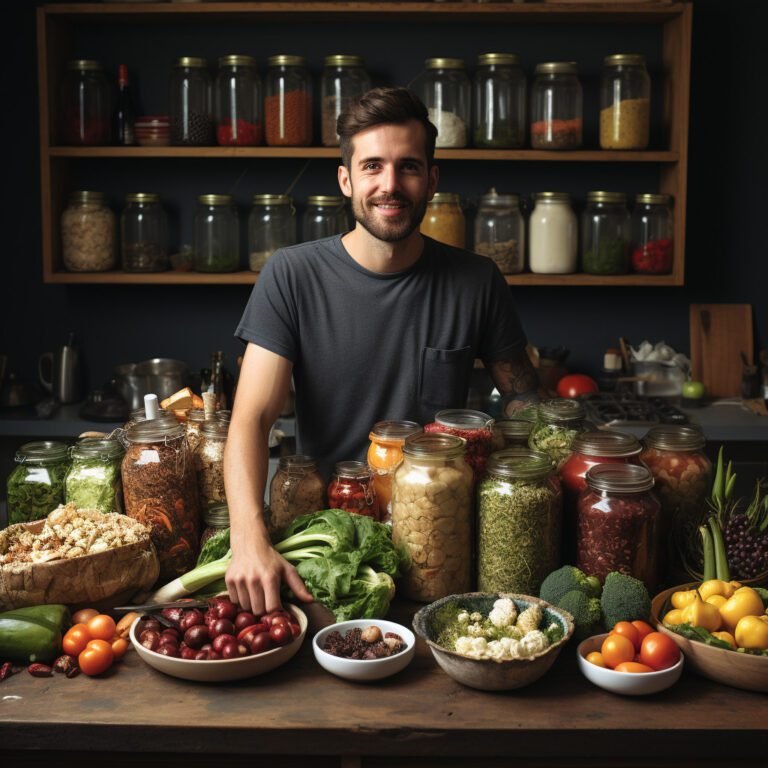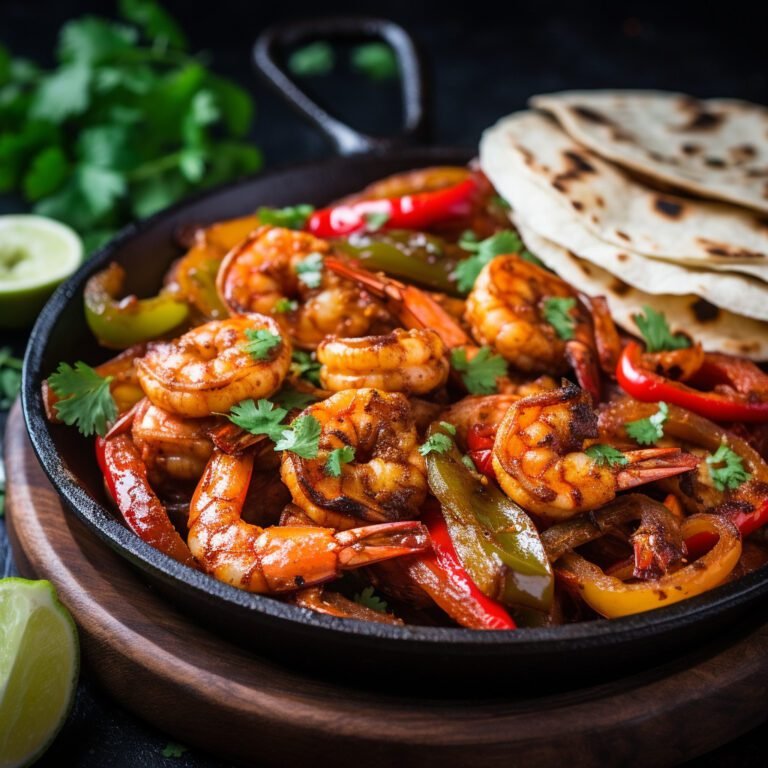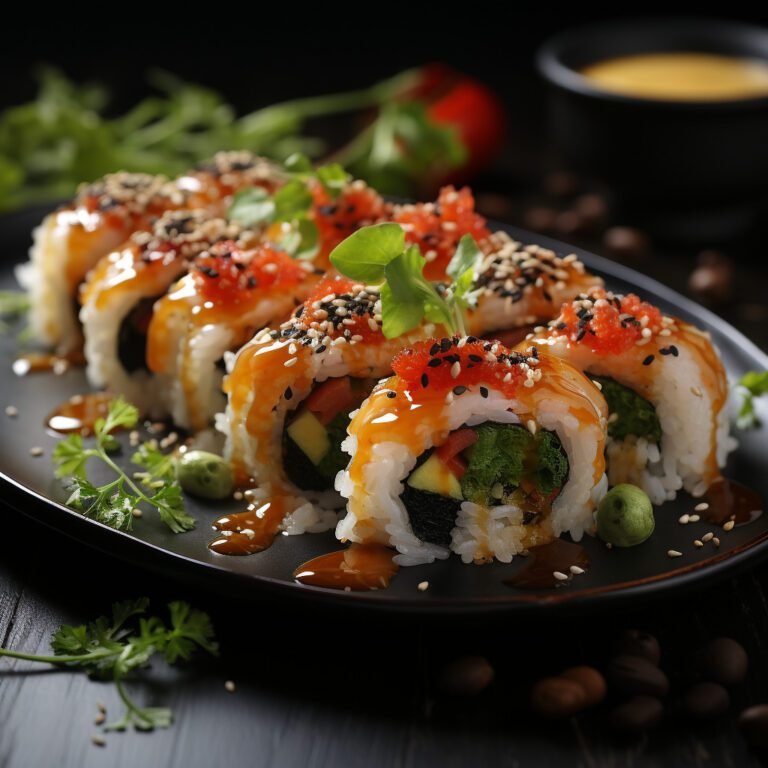Sea-to-Table: Sustainable Seafood Practices Redefining Ocean Cuisine
The Rising Tide of Sustainable Seafood
With over 70% of our planet covered in water, it is no surprise that seafood has been a staple in human diets for centuries. However, a growing awareness of the environmental impact of overfishing and unsustainable fishing practices has given rise to the sustainable seafood movement. This wave of change is not just about preserving our oceans’ biodiversity, but also about redefining our approach to seafood and ocean cuisine.
Understanding Sustainable Seafood
Sustainable seafood refers to fish or shellfish caught or farmed in ways that consider the long-term vitality of harvested species and the well-being of the oceans. It also takes into account the livelihoods of the fisheries-dependent communities. From line-caught wild salmon, to responsibly farmed mussels, the concept of sustainable seafood is as diverse as the marine life it seeks to protect.
It’s also about the culinary craft and the conscious decision to choose quality over quantity. By opting for sustainable seafood, we are not only investing in the health of our oceans but also enriching our dining experience.
Sea-to-Table: A New Culinary Wave
Sea-to-Table, a term coined in the culinary world, is the practice of sourcing seafood directly from the ocean and swiftly serving it to diners. This practice is an extension of the farm-to-table movement, emphasizing fresh, local, and sustainable ingredients.
The Sea-to-Table approach is not just about serving the freshest seafood. It is a commitment to transparency, traceability, and sustainability. It’s about knowing where your food comes from, how it was caught or farmed, and being assured that it was done so responsibly.
This approach also opens up a world of culinary creativity. Chefs are now exploring less known, underutilized species, leading to a vibrant diversity of dishes that celebrate the full bounty of the oceans while reducing pressure on overfished species.
Joining the Sustainable Seafood Movement
The shift towards sustainable seafood is not just for chefs and seafood enthusiasts. It is a call to action for everyone who enjoys seafood and cares about the health of our oceans. Here’s how you can contribute:
- Choose wisely: Opt for seafood that is sustainably sourced. Look for labels such as the Marine Stewardship Council (MSC) or Aquaculture Stewardship Council (ASC) that certify sustainable seafood.
- Try something new: Explore lesser-known species that are often overlooked. This can help reduce the demand for overfished species.
- Ask questions: Don’t be afraid to ask your seafood supplier or restaurant about the origin of their seafood and their sustainability practices.
With every bite of sustainable seafood, we take a step towards healthier oceans and a richer, more sustainable culinary landscape. The sea-to-table movement is not just a trend, but a testament to the fact that sustainable practices and gastronomic delight can go hand in hand. With conscientious choices, we can ensure that the bounty of our oceans is preserved for generations to come.





